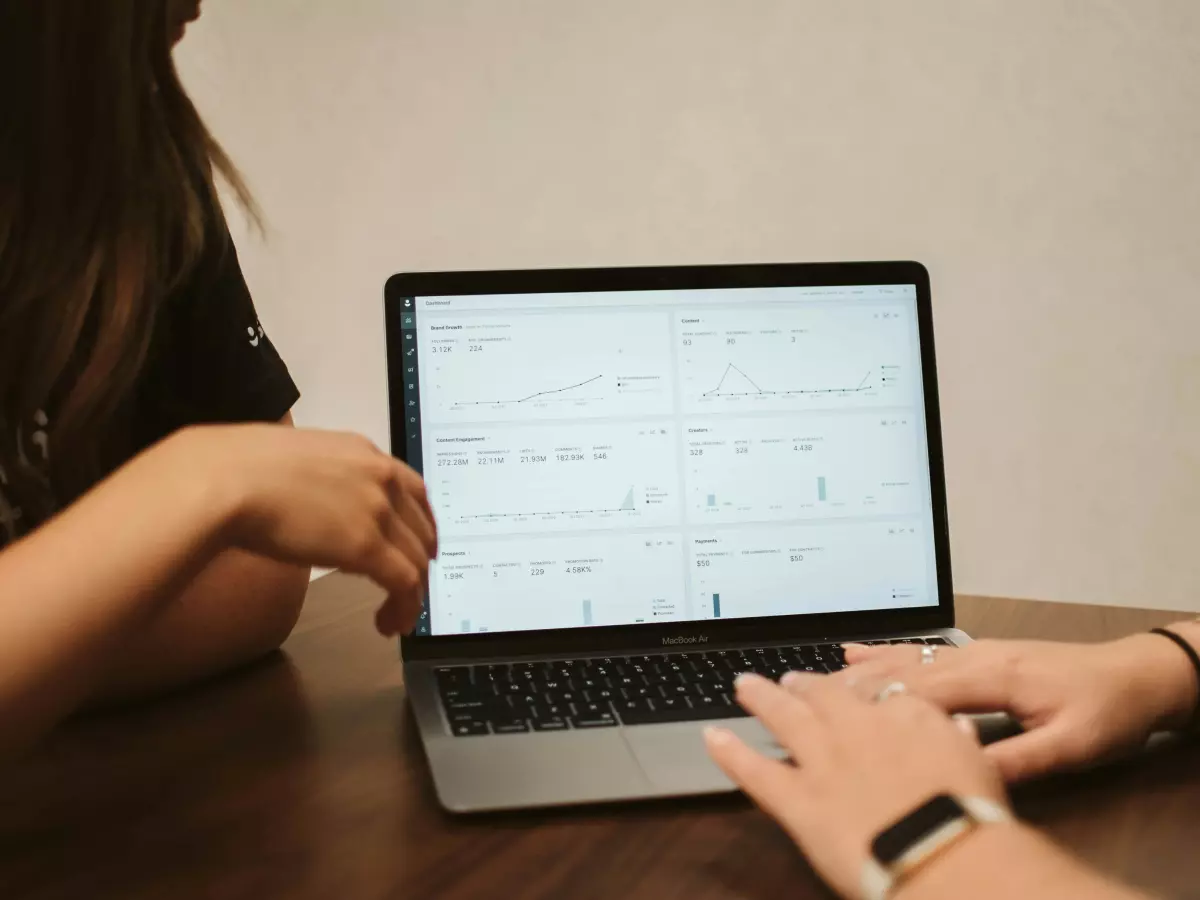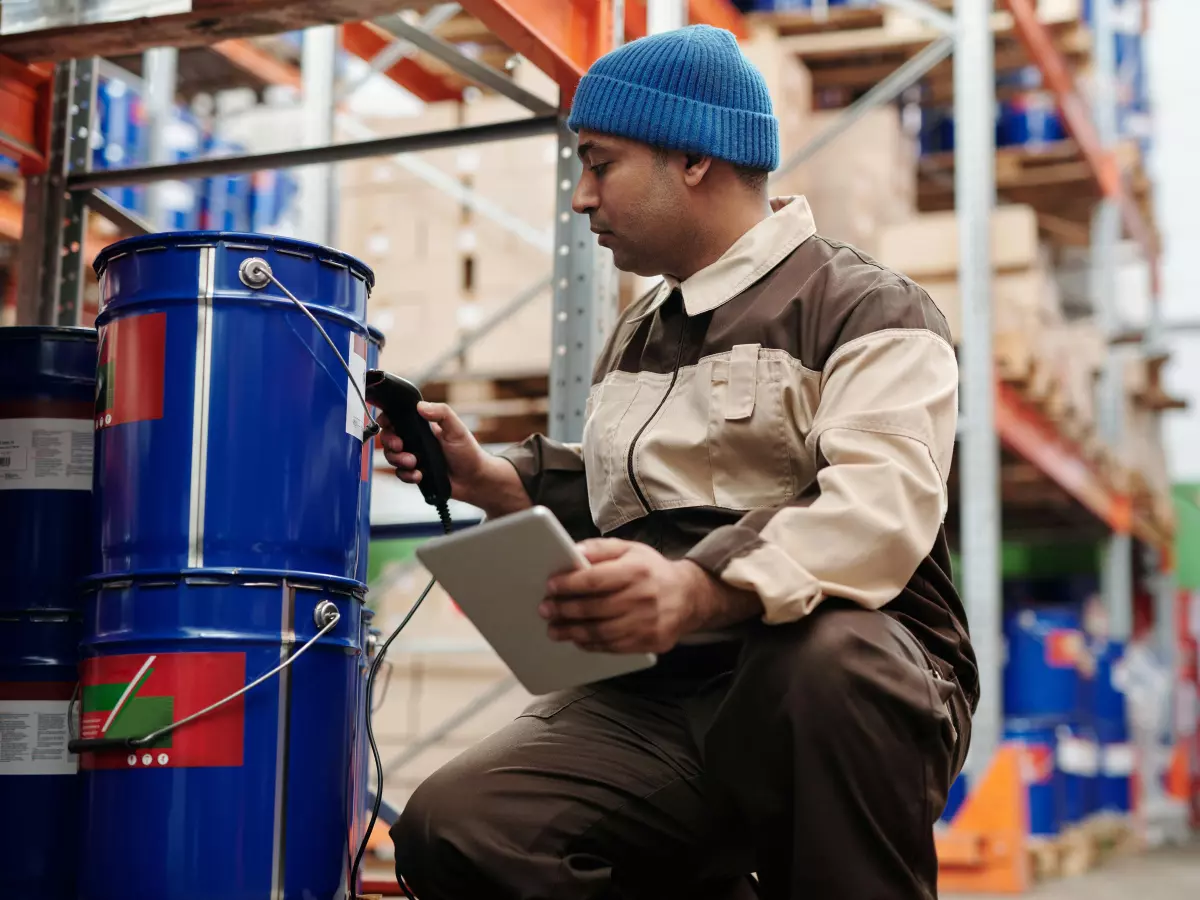Data Provenance
"Wait, so where did this data even come from?" If you've ever asked that question while knee-deep in a massive dataset, you're not alone. In the world of big data, understanding the origin and journey of your data is just as important as the data itself. Enter: data provenance.

By Dylan Cooper
Data provenance is a term that refers to the history or lineage of a piece of data. It’s all about tracking where your data comes from, how it’s been processed, and where it’s been stored. Think of it as the 'story' of your data, from its birth to its current state. In the context of big data, this concept becomes even more critical because of the sheer volume and complexity of the datasets involved.
But why should you care about data provenance? Well, in the age of big data, where decisions are made based on massive amounts of information, knowing the origin and transformation of that data is key to ensuring its accuracy, reliability, and compliance with regulations. Without proper data provenance, you’re essentially flying blind, and that’s a recipe for disaster.
Why Data Provenance Matters
Let’s break it down. Imagine you’re working with a dataset that’s been passed through multiple systems, transformed, aggregated, and filtered. How do you know if the data is still accurate? How do you trust that the insights you’re drawing from it are valid? This is where data provenance comes in. By tracking the lineage of your data, you can verify its integrity and ensure that it hasn’t been corrupted or misrepresented along the way.
Moreover, data provenance is crucial for regulatory compliance, especially in industries like finance, healthcare, and government. Regulations such as GDPR and HIPAA require organizations to maintain detailed records of how data is collected, processed, and stored. Without a solid data provenance system, you could be at risk of non-compliance, which can lead to hefty fines and legal repercussions.
Another key benefit of data provenance is that it helps with debugging and troubleshooting. If something goes wrong in your data pipeline, having a clear record of where the data came from and how it was processed can make it much easier to identify and fix the issue. It’s like having a map that shows you exactly where things went off track.
How to Implement Data Provenance
So, how do you actually implement data provenance in your big data environment? The good news is that there are several tools and frameworks available that can help you track and manage data lineage. Apache Atlas, for example, is an open-source tool that provides metadata management and data governance capabilities, including data lineage tracking. It integrates with popular big data platforms like Apache Hadoop and Apache Hive, making it a great option for organizations already using these technologies.
Another option is AWS Glue, a fully managed ETL (extract, transform, load) service that automatically tracks data lineage as part of its workflow. This can be particularly useful for organizations using Amazon’s cloud services for their big data needs.
When implementing data provenance, it’s important to ensure that your tracking system is both comprehensive and scalable. You’ll need to capture metadata at every stage of the data lifecycle, from ingestion to processing to storage. This can be a daunting task, especially when dealing with large, distributed datasets, but the benefits far outweigh the challenges.
The Future of Data Provenance
As big data continues to grow in both size and complexity, the importance of data provenance will only increase. In fact, many experts believe that data provenance will become a standard feature of big data platforms in the near future, much like data encryption and access control are today.
One exciting development in this area is the use of blockchain technology for data provenance. By leveraging the immutable nature of blockchain, organizations can create tamper-proof records of data lineage, ensuring that the history of their data is both transparent and secure. This could be a game-changer for industries that require a high level of trust and accountability in their data, such as finance and healthcare.
In conclusion, data provenance is no longer a 'nice-to-have' feature in the world of big data—it’s a necessity. Whether you’re looking to improve the accuracy of your analytics, ensure regulatory compliance, or simply gain better visibility into your data pipeline, implementing a robust data provenance system is the way to go. So, the next time you find yourself asking, "Where did this data come from?" you’ll have the answer at your fingertips.





